In the fast-paced and competitive landscape of professional services firms (PSFs), success is often measured not only by delivering high-quality services but also by ensuring that these services translate into tangible financial results. One metric that plays a pivotal role in this regard is “realization.” In this article, we will delve into the importance of measuring realization in a professional services firm and how it impacts the firm’s profitability, client relationships, and overall sustainability.
Realization, in the context of professional services firms, measures the percentage of total recorded billable hours that are billed to clients. It is a key performance indicator (KPI) that assesses how effective the firm is at converting the time and effort invested in client projects into revenue. Realization is typically expressed as a percentage, with higher percentages indicating better efficiency in billing and revenue generation.
Measuring realization helps firms allocate resources more effectively. It allows firms to identify which lines of business, services, or clients are more profitable, enabling them to make informed decisions about resource allocation and pricing strategies. Having this data helps firms focus their efforts on areas that yield higher returns.
Most professional services firms have multiple billing practices – fixed fee, contingent fee, time, and material to name a few. Whatever the billing arrangement, the one common element is that time is incurred by owners or employees in providing the services being billed. Thus, to understand profit and realization, understanding the concept of standard billing rates is important. A standard billing rate represents what an employee/owner’s time can be billed at. Once a standard hourly billing rate is known, we are then able to measure lost opportunity cost. To illustrate what is meant by lost opportunity cost, let’s take a simple fact pattern:
Assume that Employee A’s skill set and experience allows the firm to bill their time at $300/hour but they are working on a project where the client agreed to pay a fixed hourly rate of $200/hour. Every hour that Employee A works on this project potentially costs the firm $100/hour in the form of lost revenue potential. In this case, the realization percentage would be computed as the rate billed of $200 divided by A’s standard hourly rate of $300 or 67%. This, however, is predicated on the firm actually measuring A’s time at $300/hour instead of $200/hour. Many firms do not measure this lost opportunity cost; thus, the realization data is flawed.
Realization data can offer insights into project management efficiency. By understanding which projects or tasks are experiencing low realization rates, professional service firms can address potential issues such as scope creep, overruns, or inefficiencies in project delivery. This, in turn, leads to better project management and cost control. Realization data is a valuable tool for strategic decision-making. It allows professional service firms to assess the viability of specific service lines, practice areas, or client segments. Firms can adjust their business strategies based on the insights gained from realization metrics.
Conclusion
In the world of professional services, measuring realization is not just about financial metrics; it’s about efficiency, client relationships, and long-term success. A firm that effectively manages and maximizes realization rates is better positioned to thrive and make strategic decisions that drive growth and profitability. Therefore, it is crucial for professional services firms to recognize the importance of measuring all components of realization and to consider making internal changes to how data is collected and measured
Listen to The Balance Sheet Breakdown
A Guide to Professional Service Firm Profitability: Understanding Realization
Part 2 of 4
A Guide to Professional Service Firm Profitability: Understanding Realization
Part 2 of 4



